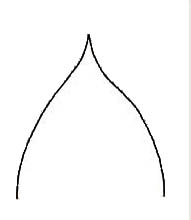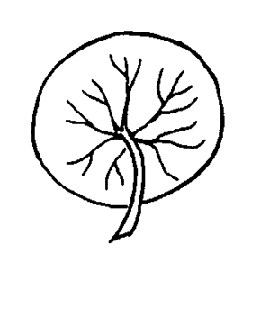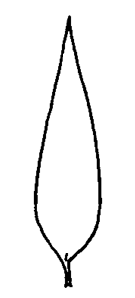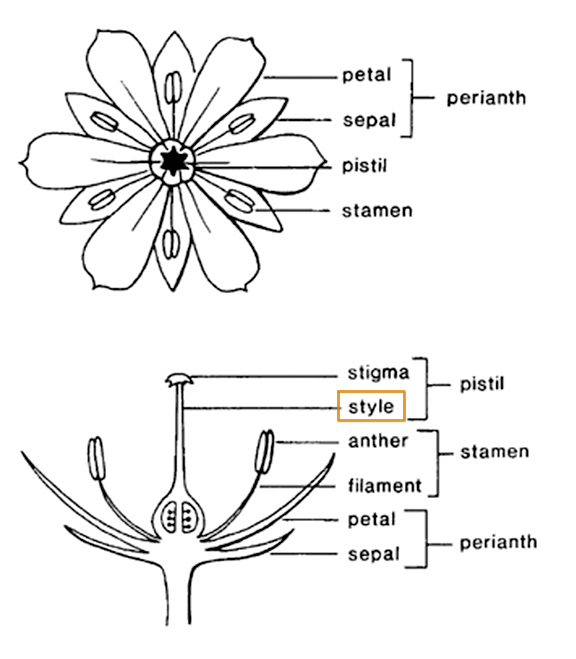Butomus L.
flowering rush, grassy rush, water-gladiolus
Butomaceae
Butomopsis, Cyperus, Echinodorus, Juncus, Sagittaria, Sparganium, Typha
northern Africa, Asia, Europe
Butomus umbellatus L.
North America
Butomus umbellatus is in some countries considered an aquatic noxious weed.
rush-like plant, submergedsubmerged:
(adj) (syn. submersed) under water; submerged below the water surface
or more commonly emergentemergent:
(adj) (syn. emersed) with parts raised out of the water; extending up out of the water
Perennialperennial:
(adj) (of a plant) having a life cycle of more than two years
, rhizomatousrhizomatous:
(adj) possessing rhizomes
. Leaves submergedsubmerged:
(adj) (syn. submersed) under water; submerged below the water surface
, floating or emergentemergent:
(adj) (syn. emersed) with parts raised out of the water; extending up out of the water
; produced basally in 2 ranks from a fleshy rhizomerhizome:
(n) an underground stem, usually growing horizontally, from which both roots and shoots emerge directly; the thick, above-ground stem of ferns
 ; emergentemergent:
; emergentemergent:
(adj) (syn. emersed) with parts raised out of the water; extending up out of the water
leaves up to 100 cm or more long; bladeblade:
(n) (syn. lamina) the flat, expanded part of a leaf, frond, or petal (excluding, e.g., the petiole)
 grass-like, linear, triangular in cross-section; apexapex:
grass-like, linear, triangular in cross-section; apexapex:
(n) the point farthest from the point of attachment; the tip (often pointed)
acuminateacuminate:
(adj) tapering gradually to a point and forming more or less concave sides
 ; base acuminateacuminate:
; base acuminateacuminate:
(adj) tapering gradually to a point and forming more or less concave sides
 . Inflorescenceinflorescence:
. Inflorescenceinflorescence:
(n) the arrangement of flowers on the floral axis
 a many-flowered umbelumbel:
a many-flowered umbelumbel:
(n) a flat to convex inflorescence in which the flower pedicels (called rays) all arise from the same point
 , borne on a scapescape:
, borne on a scapescape:
(n) a leafless flowering stalk arising from ground level in acaulescent plants
1 to 1.5 m tall, above leaves; pedicelspedicel:
(n) the stalk of a single flower in an inflorescence, or of a grass spikelet
 5-10 cm long; bracts 2-3, lanceolatelanceolate:
5-10 cm long; bracts 2-3, lanceolatelanceolate:
(adj) lance-shaped; widest point below the middle, tapering to the apex
 to ovateovate:
to ovateovate:
(adj) egg-shaped in outline; generally with the broad end at or near the base
 , apexapex:
, apexapex:
(n) the point farthest from the point of attachment; the tip (often pointed)
acuminateacuminate:
(adj) tapering gradually to a point and forming more or less concave sides
 ; bracteoles numerous. Flowers bisexualbisexual:
; bracteoles numerous. Flowers bisexualbisexual:
(adj) having both male and female sexual reproductive structures on one individual or in one flower
, actinomorphicactinomorphic:
(adj) of flowers, having radial symmetry; capable of being bisected into identifical halves along more than one axis
, showy, pink often with darker veins; sepals 3, petaloidpetaloid:
(adj) resembling a petal in appearance
; petals 3; stamens 9 or 6; carpels 6-9, free or ± basally united, stylestyle:
(n) in a flower, the narrow and elongated part of the pistil between the stigma and the ovary
 short, apexapex:
short, apexapex:
(n) the point farthest from the point of attachment; the tip (often pointed)
curved. Fruit a headhead:
(n) inflorescence consisting of small closely packed stalkless flowers or florets arising at the same level on a flattened axis; of several types, including: discoid (composed entirely of disk flowers) and radiate (composed of central disk flowers and marginal ray flowers)
of beaked follicles; seeds numerous. Rarely sets seed; dispersal by rhizomerhizome:
(n) an underground stem, usually growing horizontally, from which both roots and shoots emerge directly; the thick, above-ground stem of ferns
 fragments.
fragments.
still or slowly moving water, marshes, shores of lakes, ponds, riverbanks, wet ground
The genus Butomus consists of two species, B. junceus and B. umbellatus. Butomus is similar to members of Alismataceae (and is sometimes placed in that family) but differs in having only 6 carpels and 6-9 stamens. The infloresences and leaves with a triangular cross-section are diagnostic for the genus.